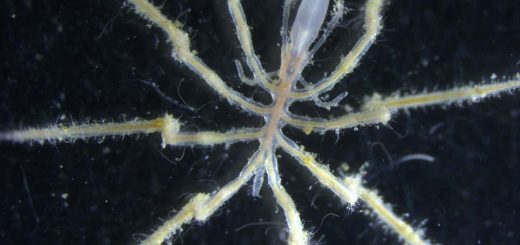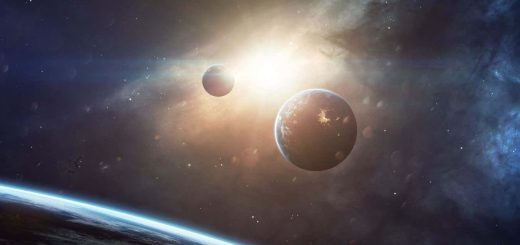What are the prospects for life on the icy moons Europa and Enceladus?
As far as we know, there are three main ingredients required for life: liquid water, an energy source and complex chemistry. Do Europa or Enceladus have them all?
By Leah Crane
10 April 2023
Plumes spray water ice out from locations near the south pole of Saturn’s moon Enceladus
NASA/JPL/Space Science Institute
The following is an extract from our monthly Launchpad newsletter, in which resident space expert Leah Crane journeys through the solar system, the galaxy and beyond. You can sign up for Launchpad for free here.
A surprisingly high number of moons in our solar system are thought to have huge oceans beneath the ice, most notably Jupiter’s moon Europa and Saturn’s moon Enceladus, and those oceans are tantalising destinations to look for the possibility of life. Let’s dive in.
As far as we know, there are three main ingredients required for life: liquid water, an energy source and complex chemistry. Liquid water is the easiest one to determine – Enceladus actually spews liquid water into space as shown in the image above, and Europa probably does the same. So that’s pretty cut and dry: they definitely both have water, although it is salty.
Advertisement
On Earth, the main source of energy is sunlight, but on worlds like Europa and Enceladus where the potentially habitable environment is under kilometres of ice, it would have to come from somewhere else. Deep under Earth’s oceans, much of the energy originates in hydrothermal vents, where molten rock beneath the seafloor heats water and spews it back out. Near those hot vents, microorganisms convert carbon dioxide and hydrogen into methane to use as fuel.
There is some evidence that Enceladus may have hydrothermal vents similar to those on Earth – tiny particles spewed from its ocean into space seem to have been forged at high temperatures – but without actually sending a spacecraft into the ocean there, we can’t be sure. Enceladus and Europa may have one advantage over Earth as far as underwater energy sources go, though: they’re small, and they orbit absolutely colossal planets.
That means that the tides are much more extreme than Earth’s – the gravitational pulls of Saturn and Jupiter stretch and flex their moons, which heats up the cores of these natural satellites and may cause fractures. Not only could this provide energy to any microorganisms that might be there, but the fractures may be doubly important. Many of the chemical ingredients for life can be produced through interactions between water and rock, and fractures or pores would provide opportunities for the water to soak into fresh stone and undergo chemical reactions.


